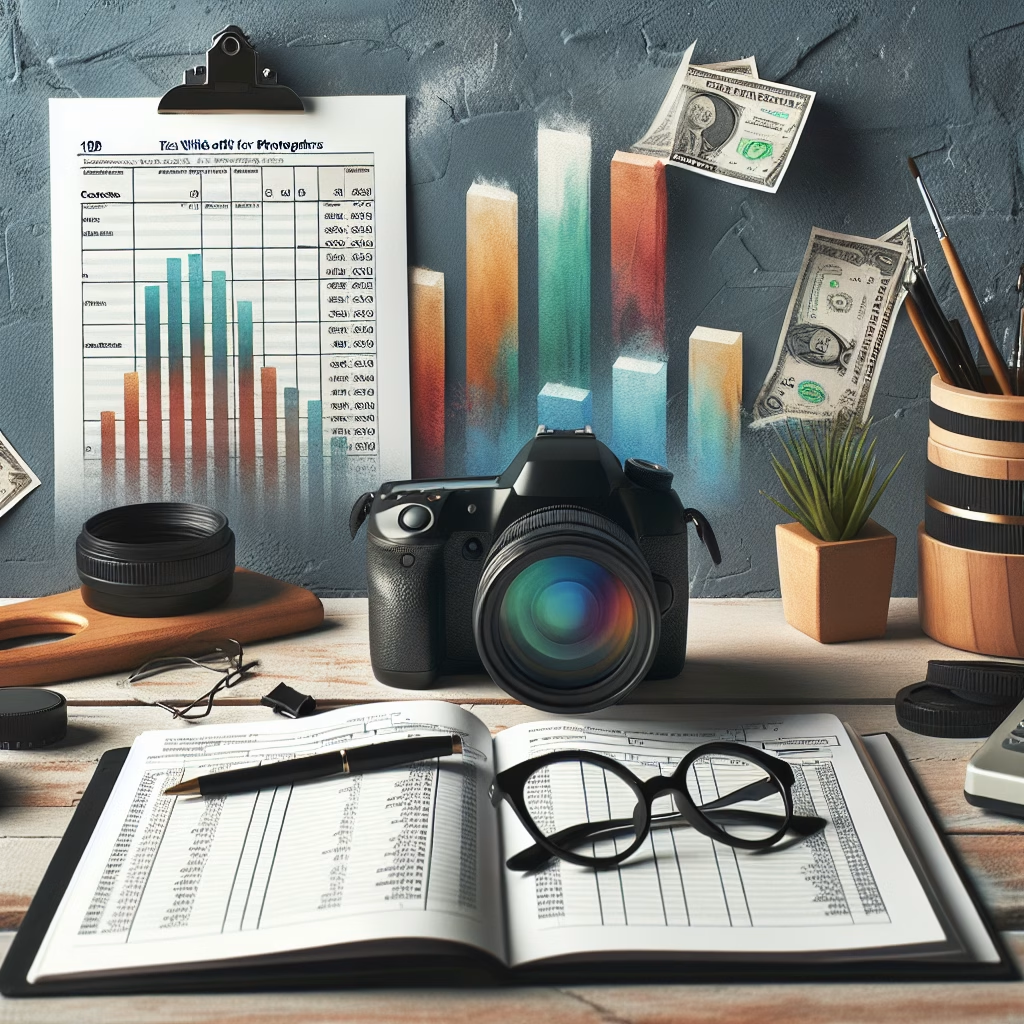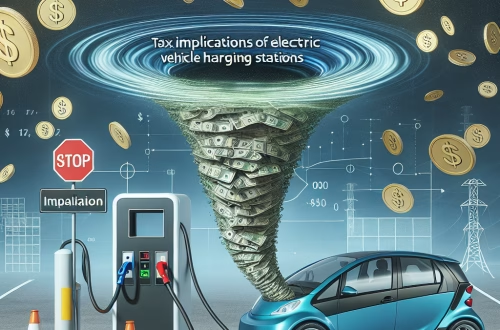Tax Write-Offs For Photographers
Article Summary
Understanding IRS tax write-offs is essential for photographers across the United States. Failing to properly leverage these deductions can lead to overpayment of taxes, missed cash flow opportunities, or audit risks. Photographers operating as sole proprietors, LLCs, or S-corporations must navigate specific eligibility rules for deducting equipment, travel, home studios, education, and client-related expenses. Unique challenges include distinguishing personal vs. business use of gear, substantiating home office deductions, and adhering to strict record-keeping standards. Compliance with federal tax code §162(a) and state regulations (particularly in high-tax states like California and New York) requires strategic planning to maximize legitimate write-offs while avoiding red flags.
What This Means for You:
- Immediate Action: Catalogue all photography-related purchases from the past tax year and categorize them according to IRS Publication 535 guidelines.
- Financial Risks: Improperly claimed “hobby loss” deductions can trigger audits if photography generates no profit in 3+ years per IRS Code §183.
- Costs Involved: Section 179 expensing allows $1.08M in equipment deductions (2023), but phased out dollar-for-dollar over $2.7M in total purchases.
- Long-Term Strategy: Depreciate high-value studio equipment over its useful life (5–7 years) to balance immediate write-offs with multi-year tax planning.
Explained: Tax Write-Offs For Photographers
Under federal tax regulations, photographers can deduct “ordinary and necessary” expenses directly tied to their trade or business (IRC §162). This includes tangible costs like cameras, lenses, and lighting equipment, plus operational expenses such as studio rent, marketing, insurance, and professional development. To qualify, expenses must not be extravagant or personal in nature. State-level deductions vary—for instance, California conforms to federal §179 expensing limits but disallows deductions for fines or parking tickets under R&TC §17201.
Tax Write-Offs For Photographers Principles:
The IRS applies a two-part test for business deductions: expenses must be both “ordinary” (common in the photography industry) and “necessary” (helpful for income generation). Mixed-use items like a home office or dual-purpose vehicle require prorated deduction calculations. For example, a DSLR camera body used 80% for client shoots and 20% for personal travel can only be 80% deducted. Detailed logs (dates, business purpose, mileage) must support partial deductions to withstand audits.
Standard Deduction vs. Itemized Deductions:
Most photographers filing Schedule C (Form 1040) deduct business expenses regardless of whether they itemize personal deductions. However, overlapping costs like home mortgage interest or vehicle expenses cannot be “double-dipped” between Schedule A and Schedule C. The 2023 standard deduction is $13,850 (single filers) or $27,700 (married filing jointly), but business owners typically exceed this through itemized business deductions alone.
Types of Categories for Individuals:
Photographers may deduct direct costs (lenses, memory cards, props), indirect costs (studio utilities, software subscriptions), travel expenses (lodging, 65.5¢/mile for business driving), and educational investments (workshops improving current skills). Notably, startup costs under $5,000 can be fully deducted in the first year of business (Rev. Proc. 2020-32), while meals with clients are 50% deductible per IRC §274(n)(1).
Key Business and Small Business Provisions:
Section 179 expensing allows photographers to deduct up to $1.08M (2023) of equipment purchases immediately rather than depreciating them. The deduction phases out if total equipment purchases exceed $2.7M. Bonus depreciation under TCJA lets photographers deduct 80% of qualified equipment costs in 2023 (60% in 2024). State conformity varies—Texas follows federal §179 rules, while Massachusetts limits bonus depreciation adjustments.
Record-Keeping and Substantiation Requirements:
Photographers must maintain receipts, invoices, and mileage logs for ≥3 years post-filing (6 years if claiming a loss). Digital records must be as detailed as paper originals per Rev. Proc. 97-22. Failure to provide documentation during audits results in disallowed deductions plus penalties up to 20% of underpaid taxes. Home studio deductions require Form 8829 showing exclusive, regular business use of the space.
Audit Process:
IRS audits targeting photographers often focus on excessive auto deductions, home office claims, and hobby loss issues. Auditors may request:
- Bank statements matching claimed expenses
- Client contracts verifying business purpose of travel
- Time logs for home studio use
State audits (e.g., California’s Franchise Tax Board) frequently challenge apportionment of multi-state income and non-conforming deductions.
Choosing a Tax Professional:
Select a CPA or Enrolled Agent with specific experience in visual arts tax issues. Key qualifications include familiarity with:
- Cost of Goods Sold (COGS) calculations for print sales
- Depreciation methods for camera bodies (5-year class life per IRS Pub. 946)
- State nexus rules for photographers working across borders
Laws and Regulations Relating To Tax Write-Offs For Photographers:
Federal statutes governing photographer deductions include:
- IRC §274(d): Substantiation rules for travel, gifts, and listed property
- IRC §280A: Limitations on home office deductions
- IRC §199A: 20% pass-through deduction for qualified business income
At the state level, New York requires business registrants to file Form DTF-17 for sales tax on photography services over $4,000 annually, while Florida exempts session fees from sales tax but taxes physical prints.
People Also Ask:
- Can I deduct my new $6,000 camera lens?
Yes, under §179 expensing if purchased for business use and your total equipment purchases for the year don’t exceed $2.7M. You must document when and how the lens is used professionally versus personally.
- Are photography workshops tax deductible?
Only if they maintain or improve skills needed for your current business (per IRS Topic No. 513). Workshops teaching new fields (e.g., videography for a still photographer) may be considered personal education.
- Can I deduct my trip to Paris if I take client photos there?
Only the portion directly related to business. If 4 out of 7 days are spent shooting for clients, 57% of airfare and lodging may be deductible. Personal days require strict allocation (Rev. Rul. 63-144).
- Is Photoshop subscription deductible?
Yes, as a fully deductible business expense (100%) if used exclusively for client work. Mixed-use subscriptions must be prorated based on business usage percentage.
- Can I write off gifts for clients?
Up to $25 per recipient annually under §274(b). Branded items with your logo (under $4 value) fall under promotional exceptions per §274(j)(1)(B).
Extra Information:
IRS Publication 535 (Business Expenses) details allowable deductions. IRS Audit Techniques Guides reveal common photographer audit triggers. State-specific guidelines vary—consult California FTB Pub. 1001 or New York TSB-M-07(5)I for local rules.
Expert Opinion:
Photographers who meticulously document expenses and understand the interplay between §179 expensing, depreciation, and state tax variations can significantly reduce taxable income. Strategic deduction timing and avoiding hobby loss classifications are critical for long-term financial health in this competitive industry.
Key Terms:
- IRS Section 179 expensing for photography equipment
- Photographer home office deduction requirements
- Deductible photography business expenses
- Depreciation schedules for camera gear
- Hobby loss rules for part-time photographers
*featured image sourced by DallE-3





